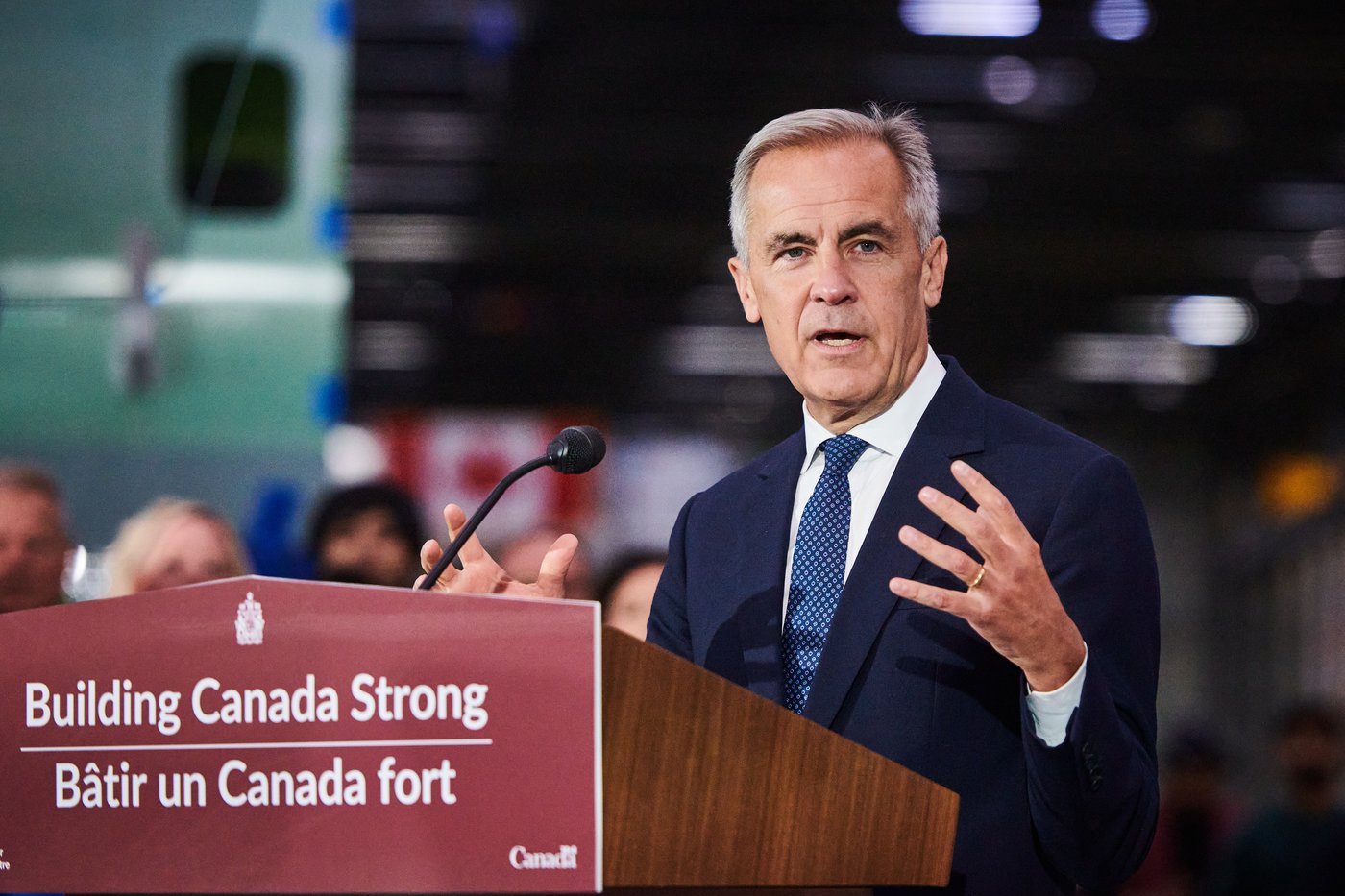Living in Merritt is like living on an active volcano, says city manager, as concerns loom over flood risk

Cherylle Douglas says she wakes up three or four times a night to check on the Coldwater River that flows by what used to be her home in Merritt, B.C.
Now she lives in an RV on the muddy pad that used to host the family’s trailer.
Her daughter’s trailer remains beside the RV, but no one is allowed to live in it because of safety concerns. Many of the other trailers, like Douglas’s, were removed earlier this year as part of cleanup of the site.
In November 2021, an atmospheric river flooded large sections of the province and washed out major roadways linking the Interior and Lower Mainland.
All 7,000 residents of Merritt, around 190 kilometres northeast of Vancouver, were forced to evacuate, and more than 600 houses were damaged, 300 of which required extensive repairs or demolition.
Now, more than two years after the flooding, Douglas worries not enough has been done to prevent it from happening again.
“People have no idea what those of us that live through this flood went through and what we go through everyday. It’s really scary,” she said.
Douglas is not alone in her fears.
Municipal officials say they are concerned about the possibility of a future disaster once again damaging homes and infrastructure, as funding sources for flood prevention efforts remain unclear.
“If we had a clear picture of [whether] the province will pay for this and they won’t pay for this then we could get a path forward,” said Sean Strang, director of recovery and mitigation with the city.
Like sitting on a volcano
Strang says the current risk of flooding in the community is similar to that of an active volcano.
“You wouldn’t be able to rebuild under a volcano and it’s a very similar thing, except it’s not as visual. It’s not obvious, there isn’t a big pile of magma.”
He says before the flood, engineers estimated that 130 homes would be affected by a one-in-200-year flooding event — not the 640 or so that were affected in 2021.
Now, new estimates from engineers commissioned by the city show that nearly 1,270 homes — many of which have since undergone repairs or been rebuilt after the 2021 flood — are at risk of flooding again.
The city of Merritt has two rivers within its boundaries: the Coldwater and the Nicola.
Strang says the Nicola River floods more regularly than the Coldwater.
When it does, it’s like rising water in a bathtub, which goes up slowly and then recedes, whereas the Coldwater tends to move more rapidly and aggressively across the landscape, creating more substantial destruction.
Part of what made the flooding in 2021 so bad, Strang says, was damage from the summer’s fires, which made the ground less able to absorb water.
Mitigation work need
The city has struggled to get the funding it says it needs to properly address future flooding risks.
The province has also previously failed to address those risks despite acknowledging them. CBC News reached out to the provincial government for comment on this story early this week, but did not hear back by deadline.
While the provincial and federal governments committed money toward recovery and mitigation, Strang says there are limitations around how the funding can be spent, because they can only build dykes on municipal land that the City of Merritt owns.

In March 2022, the province provided funding for the city to come up with a flood mitigation plan, which included plans to buy back land from residents. However, Strang said in January 2023 that the city was told the province had no money to purchase those properties.
“It’s a frustrating place to live,” he said.
More recently, in November, the province announced $2 million in funding for 200 metres of dyking along the Coldwater River from Voght Street to Garcia Street.
However, that’s not enough to build dykes in all the areas the city has identified, Strang says.
He says at this point, the dykes that are getting built aren’t necessarily the ones that could prevent much of future flooding.
“Even more frustrating, [the province] has actually come to us and said, ‘Hey, we have some money for you to actually rebuild some of these dikes in the millions of dollars’ … but we can’t buy the land that we need in order to actually build those dikes,” Strang said.
“We can’t implement it until [the province] comes up with a policy and a plan for us to do.”



